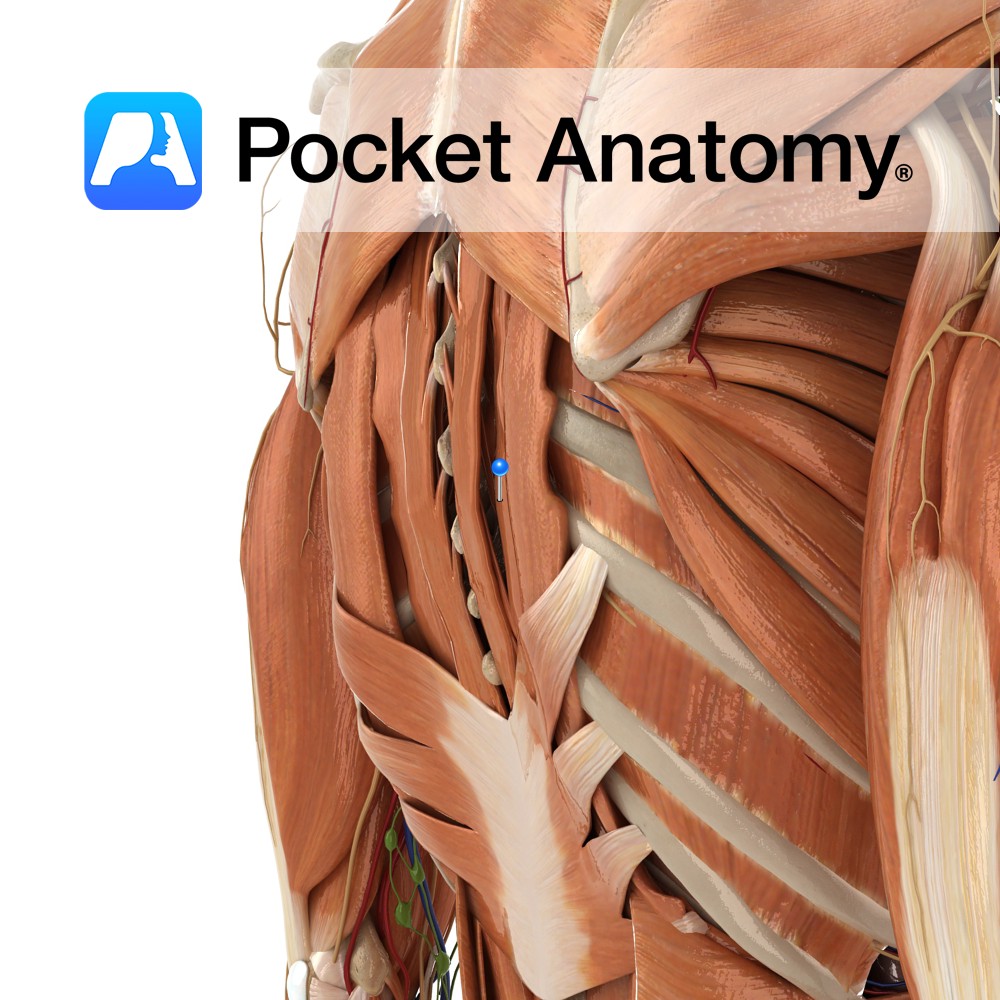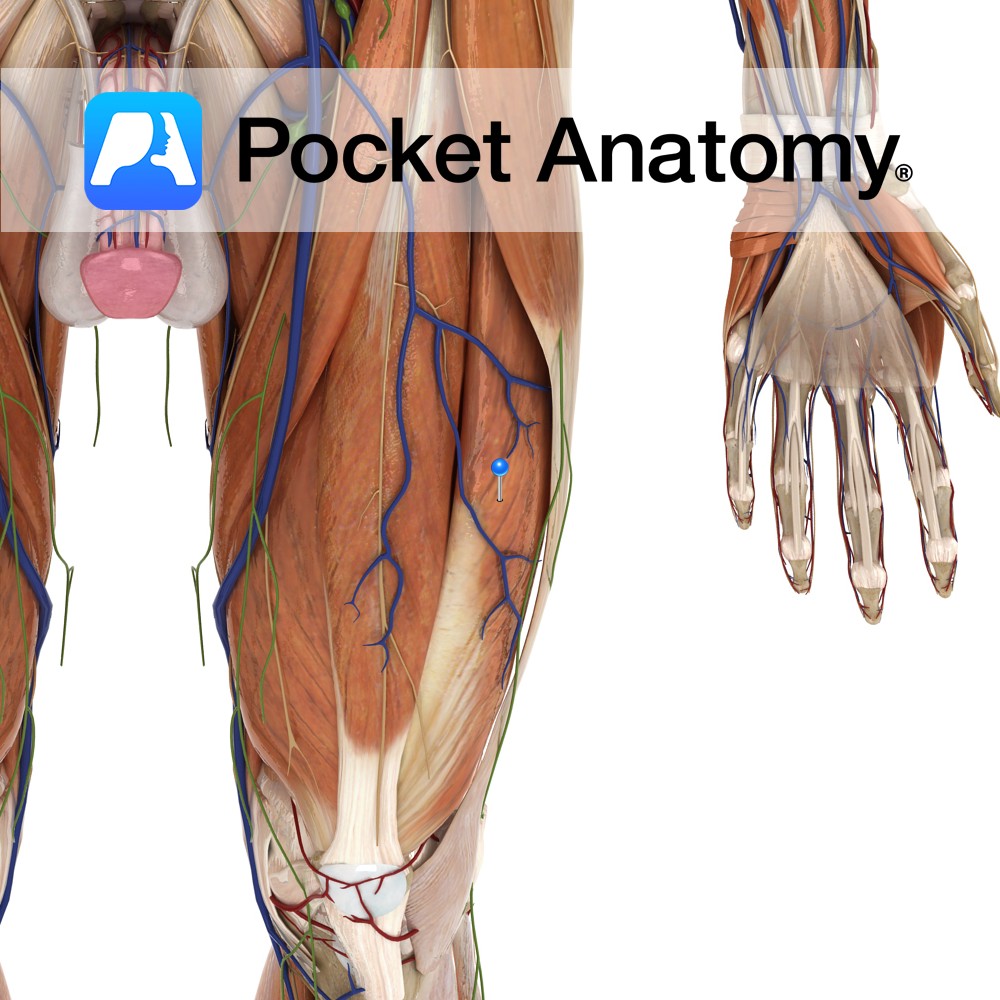Anatomy
One of the intrinsic muscles of the back.
Consists of longissimus capitis, cervicus and thoracis.
Longissimus capitis:
Origin: Transverse process of T1 to T5 and articular processes of C5 to C7 approx.
Insertion: Posterior margin of mastoid process.
Key Relations: Lies medial to longissimus cervicus.
Longissimus cervicis:
Origin: Transverse processes of T1 to T5.
Insertion: Transverse processes of C1 to C6.
Key Relations: Lies medial to longissimus thoracis.
Longissimus thoracis:
Origin: Blends with iliocostalis in lumbar region and is attached to the transverse processes of lumbar vertebrae.
Insertion: Transverse processes of all thoracic vertebrae and lateral to the tubercles of the 3rd to 12th ribs.
Key Relations: As with all of longissimus is oriented along the line of transverse processes of adjacent vertebrae.
Functions
-Working synergistically and bilaterally with spinalis and iliocostalis, acts to extend the vertebral column. If used correctly, responsible for good posture.
-Acting unilaterally with spinalis and iliocostalis acts to laterally flex the spine on the ipsilateral side.
–Longissimus capitis extends the head and allows for lateral rotation of the head to the same side as the muscle.
Supply
Nerve Supply:
Dorsal rami of segmental spinal nerves.
Blood Supply:
Lateral sacral artery.
Interested in taking our award-winning Pocket Anatomy app for a test drive?





